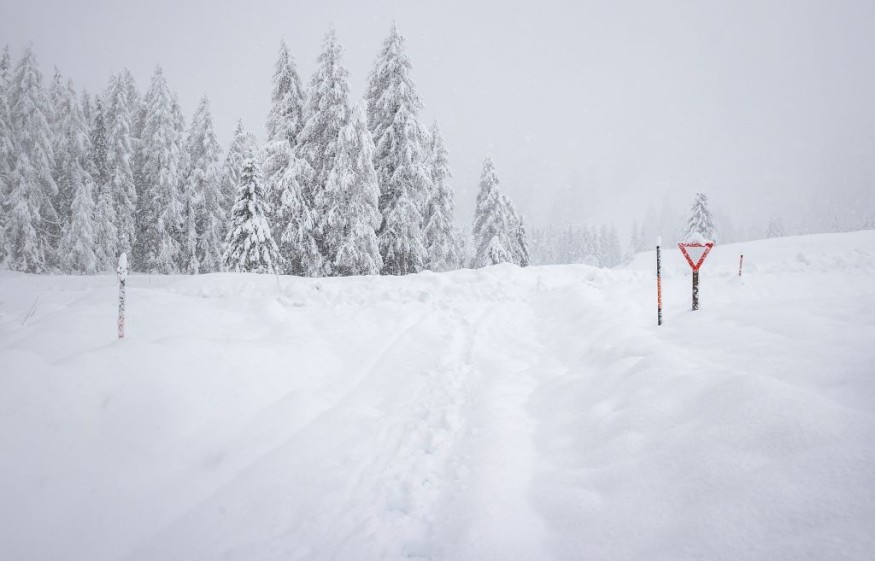An avalanche occurred on Mount Meeker at the Rocky Mountain National Park in Colorado on Sunday, May 29, killing one man and injuring two others.
The avalanche transpired under winter weather conditions as part of a late-season snowfall that blanketed the state as the United States spring season is about to end.
The man's death adds to the growing number of avalanche-related fatalities in Colorado and across the US for more than a decade.
These incidents also highlight the risk of snow-related outdoor activities, especially during an adverse weather.
Colorado Avalanche Incident

The incident involving an avalanche and rockfall happened near the Dreamweaver Couloir area, a steep slope climbing route, of Mount Meeker at about 9:00 a.m. CDT P(local time) on Sunday.
While rescue efforts were underway at that time, it was reportedly only after five hours later when local authorities, including the U.S. National Park Service (NPS), were able to conduct a rescue operation.
A temporary break of winter weather allowed the delayed operation to finally push through, allowing an injured male and a female to be transported out of the snow mountain.
Meanwhile, rescuers discovered the body of the man at 5:15 p.m. on the same day, approximately eight hours after the avalanche and rockfall were first reported, according to a press release by the NPS.
Several agencies, including the Colorado National Guard, Colorado Search and Rescue Association, Med Evac, Flight for Live, Front Range Rescue Dogs, and Rocky Mountain Rescue Group, assisted the Rocky Mountain National Park's rescue unit.
A weather observation site in Dakota Hills, located 25 miles south of Mount Meeker, reported below-freezing temperatures on Sunday morning, when visibility was also low with wind gusts reaching up to 26 miles per hour, as cited by AccuWeather.
US Avalanche Fatalities
The reported death on Sunday was the 17th avalanche-related fatalities for the 2020-2021 US avalanche season.
The natural phenomenon is common in the country, especially in mountainous areas blanked by thick snow.
According to the Colorado Avalanche Information Center (CAIC), the following total number of fatalities have been recorded across the US for the past six years:
- 37 fatalities for the 2021-2021 season
- 23 fatalities for the 2019-2020 season
- 25 fatalities for the 2018-2019 season
- 25 fatalities for the 2017-2018 season
- 12 fatalities for the 2016-2017 season
Between 2009 and 2015, a total of more than 100 avalanche-related deaths have been recorded nationwide.
Aside from Colorado, these incidents occurred not only in Colorado but also in the states of Arkansas, Wyoming, Washington, California, Montana, Idaho, Arkansas, Utah, New Hampshire, Oregon, and New Mexico.
Avalanche Causes
The CAIC indicates snow activities like snow skiing, snowboarding, snowmobiling, snow hiking are at most risk during an avalanche. Earthquakes, strong winds, and ground-shaking are the main causes of this natural event.
A weak layer of snow cover and a steep slope are some of the aggravating risks for an avalanche to occur.
In some instances, human-related activities like mining and the ones mentioned above can cause these landslides on snow mountains or high slopes.
© 2025 NatureWorldNews.com All rights reserved. Do not reproduce without permission.





